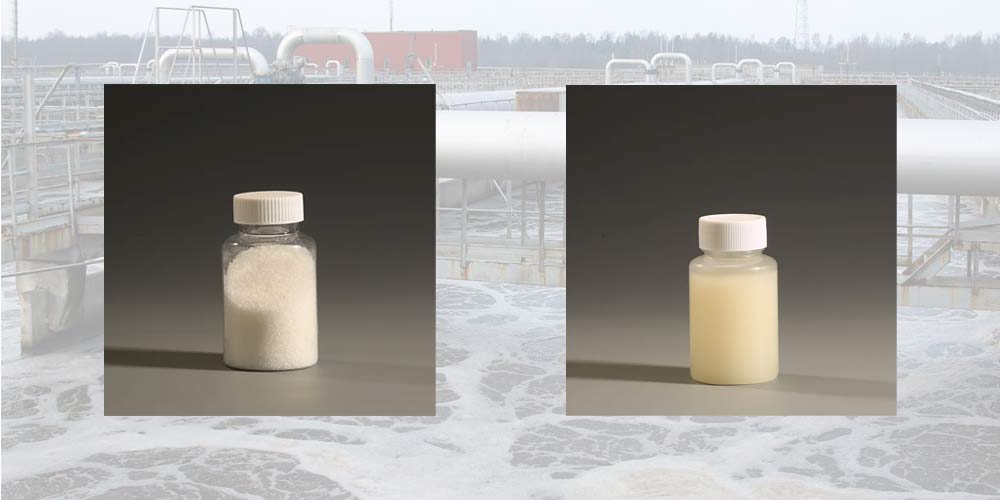Polyacrylamide (PAM), as an important water treatment agent, is widely used in various industrial fields. However, dissolving PAM can be a challenge for many users. PAM products used in industrial wastewater mainly come in two forms: dry powder and emulsion. This article will introduce the dissolution method of the two kinds of PAM in detail to ensure that users obtain the best results in actual operations.
The direct dissolution method is the simplest and most common PAM dissolution method. This method is suitable for PAM powder with lower molecular weight and is easy to dissolve. Here are the specific steps:
Prepare the Container: Choose a clean, dry, durable plastic container that is large enough to hold the required PAM powder and water. Do not use metal containers or containers with metal stains.
Add Solvent: Add the appropriate amount of water.
Stirring: Start the stirrer. When stirring, ensure that the stirrer is completely submerged in the solution to avoid bubbles. The stirring speed should not be too high to avoid the breakage of the PAM molecular chain.
Add PAM Powder: Slowly add the required PAM powder into the container while stirring gently to avoid flying dust. Continue to stir the solution to make the PAM powder evenly dispersed in the solvent.
Wait for Dissolution: Keep stirring and observe the dissolution of PAM powder. Usually, it needs to be stirred for 1 to 2 hours until the PAM powder is completely dissolved.
Check the Solubility: After completing the dissolution, determine whether it has been completely dissolved by checking the transparency or refractive index of the solution. If any undissolved particles or clumps appear, continue stirring until completely dissolved. If the molecular weight of PAM is too high and the dissolution is very slow, it can also be heated appropriately, but it should not exceed 60°C.
Prepare the Container and Tools: Choose a container large enough to ensure there is enough space for mixing. Have a stirrer or stir stick ready to ensure the solution mixes thoroughly.
Prepare the Solution: Add water and PAM emulsion simultaneously, and start the stirrer simultaneously to ensure that the emulsion and water are fully mixed.
Control the Final Concentration: The final concentration of PAM emulsion should be controlled at 1-5% to ensure the best flocculation effect. If you need to adjust the concentration, continue to add water or increase the PAM emulsion.
Continue Stirring: After adding the PAM emulsion, continue stirring the solution for 15-25 minutes. This helps PAM molecules fully disperse and dissolve, ensuring their even distribution in water.
Avoid Excessive Stirring: Although proper stirring helps dissolve PAM, excessive stirring may cause the degradation of PAM molecules, reducing its flocculation effect. Therefore, control the stirring speed and time.
Storage and Use: Store the dissolved PAM solution in a dark, dry place, ensuring the temperature is appropriate. Avoid direct sunlight to prevent PAM degradation. When using, ensure the uniformity of the solution to avoid affecting the flocculation effect due to uneven distribution.
Post time: Aug-22-2024

